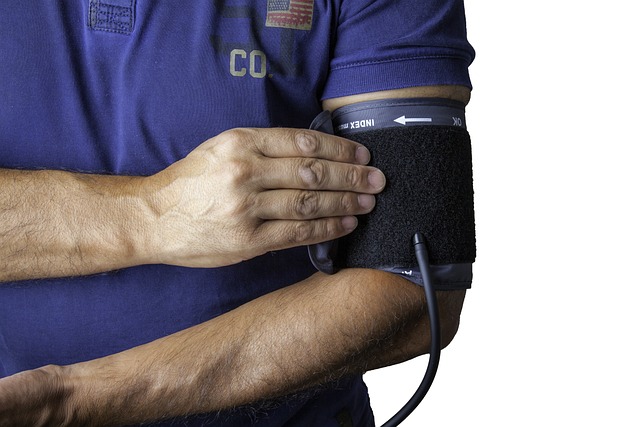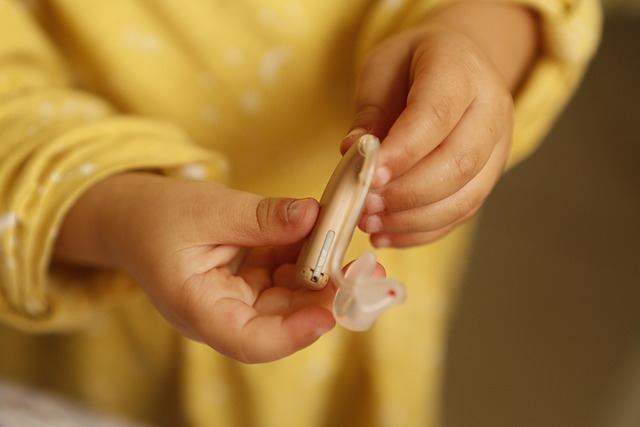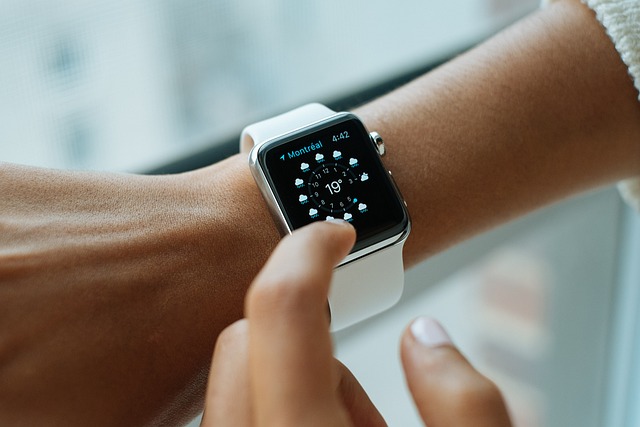Embracing a New Era in Mental Health Monitoring
In today’s fast-paced world, mental health has never been more important. Many of us face daily stresses, anxiety, and emotional challenges that often go unnoticed or unaddressed. What if your mental health monitor could seamlessly integrate into your everyday life, offering real-time insights and support? Thanks to groundbreaking advances in wearable technology, this vision is quickly becoming a reality.
The Power of Wearable Technology
Wearable devices have long been associated with tracking physical fitness — steps taken, heart rate, sleep quality. But their potential has expanded far beyond that. New sensors embedded in sleek wristbands, rings, or patches are now able to detect subtle physiological changes linked to mental well-being. This includes variations in heart rate variability, skin temperature, sweat analysis, and even brainwave patterns.
Why a Mental Health Monitor Matters
Imagine waking up and receiving a gentle alert that your stress levels are elevated, prompting you to take a mindful breathing exercise before starting the day. Or consider how recognizing early signs of social withdrawal or mood dips could empower someone to seek help before reaching a crisis point. A mental health monitor acts as a discreet, compassionate companion, helping users build greater self-awareness and encouraging proactive care.
Breaking Stigma and Fostering Connection
Wearable mental health technology also plays an essential role in normalizing conversations about emotional struggles. When monitoring becomes as routine as checking your watch or phone, the stigma surrounding mental health diminishes. These devices can also facilitate communication with caregivers or mental health professionals by sharing verified data, making support networks stronger and more responsive.
Looking Ahead: A Holistic Approach
The future of wearable mental health monitors lies in their integration with personalized wellness plans. Coupled with AI-driven insights, they can tailor recommendations specific to individual needs — whether it’s suggesting meditation, mindfulness prompts, or highlighting patterns linked to diet and sleep. This holistic strategy puts control back in the hands of users, transforming mental health from a hidden struggle into a shared journey toward resilience.



